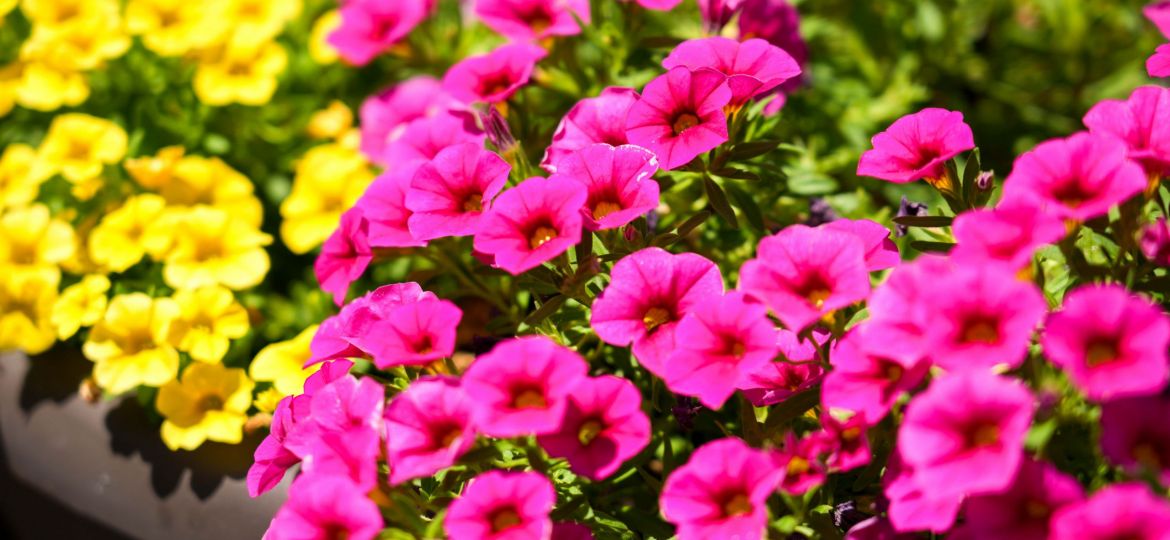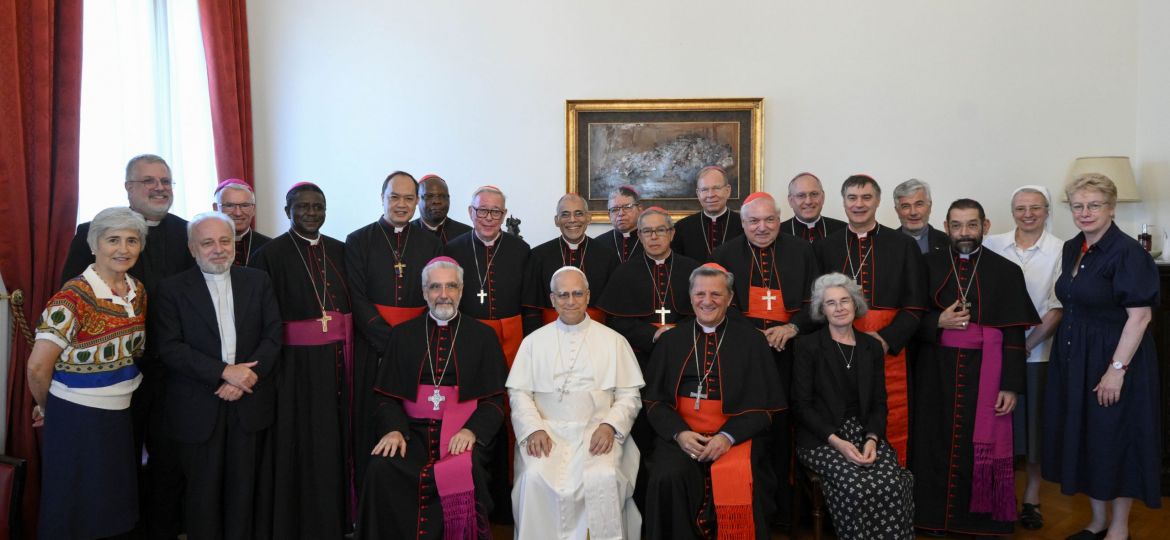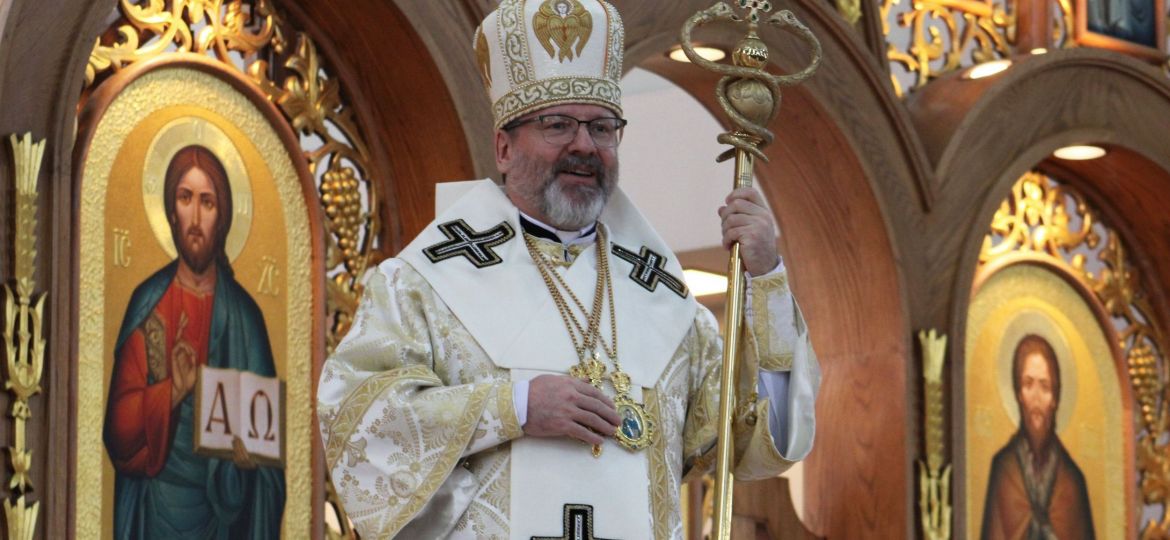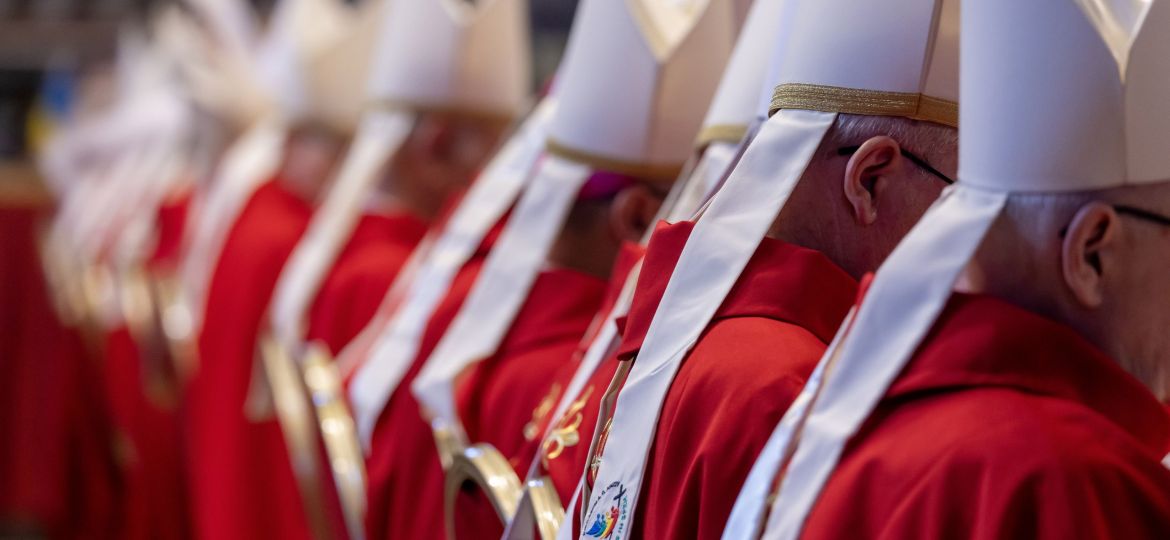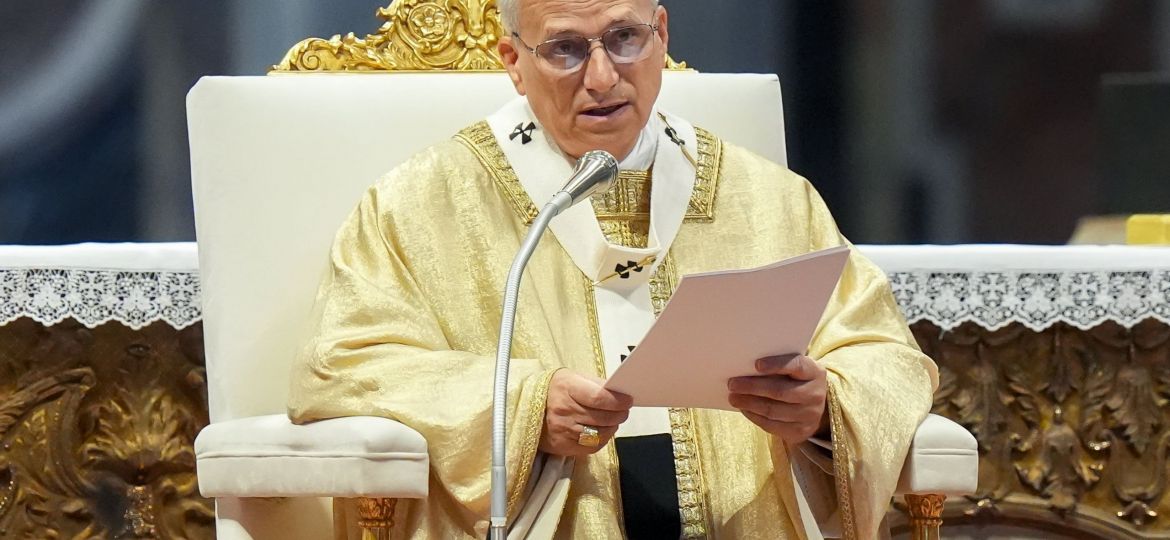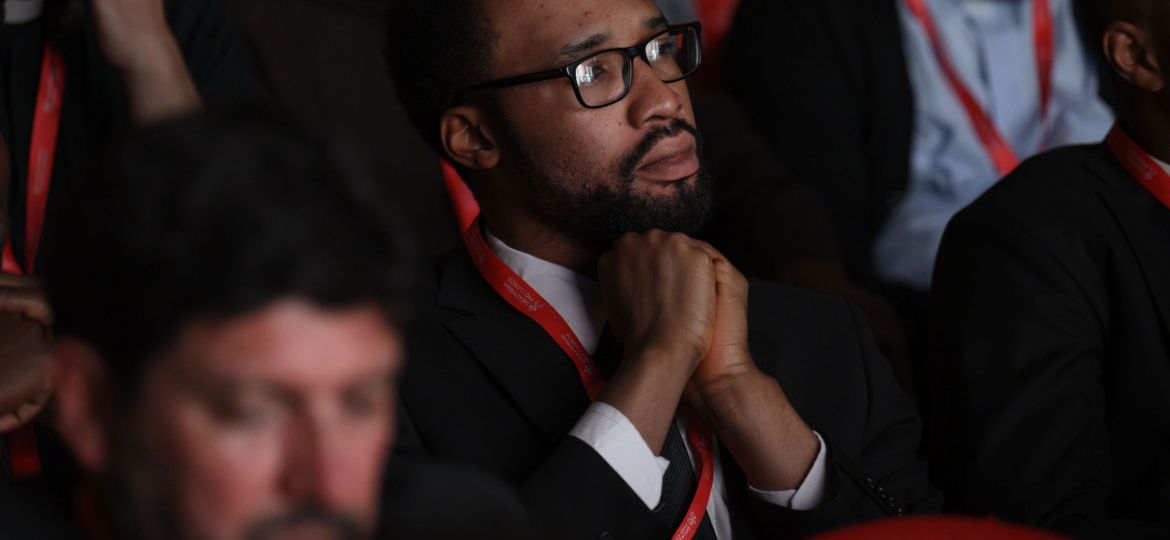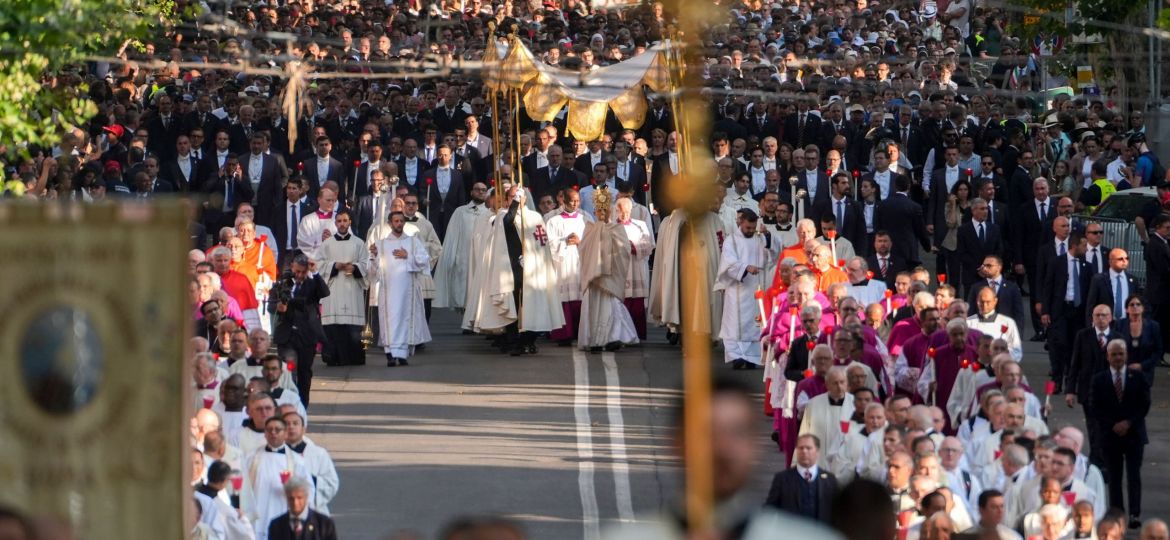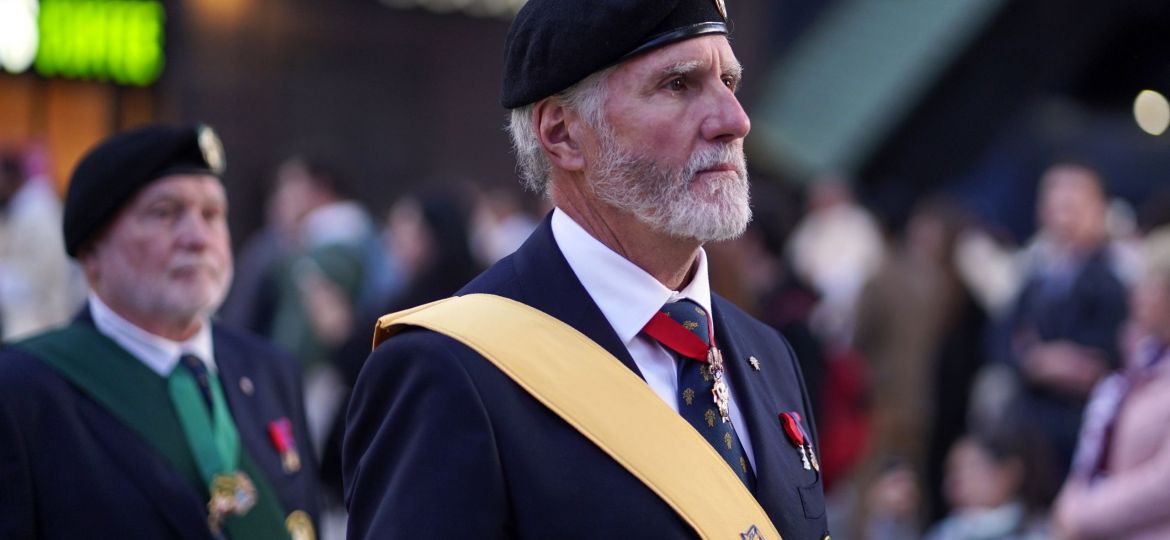Ravaging the Earth and creating environmental injustices are not what God had in mind when he entrusted creation to humanity, Pope Leo XIV said.
Almost four years after Pope Francis opened the Catholic Church’s path toward synodality — a term many in the church had never heard before — his successor has thrown his support behind the last leg of the church’s’ synodal journey.
Pope Leo XIV has appointed Bishop Daniel E. Garcia of Monterey, California, as the bishop of Austin, Texas.
Amid Russia’s war on Ukraine, the faith of Ukrainians is being “sorely tested,” but God “will have the last word, and life will conquer death,” said Pope Leo XIV.
Archbishops around the world can provide by their example the fraternity and unity in diversity the entire Catholic Church needs today, Pope Leo XIV said.
This is the full text of Pope Leo XIV’s homily on June 27, 2025, the Solemnity of the Sacred Heart of Jesus.
When a priest has experienced the joy of truly believing in Jesus Christ and embracing him as a friend, it shows, Pope Leo XIV told priests.
In carrying Jesus through the city streets in a Corpus Christi procession, Christians are called to be witnesses of his love, sharing both their material and spiritual gifts, Pope Leo XIV said.
The liturgical music tradition of polyphony with its blend of melodies and harmonies should lift people’s spirits as it subtly transmits a message about diversity and unity, Pope Leo XIV said.
The Knights of Columbus are inviting the faithful to take part in a novena to the Sacred Heart dedicated to the intentions of Pope Leo XIV.

